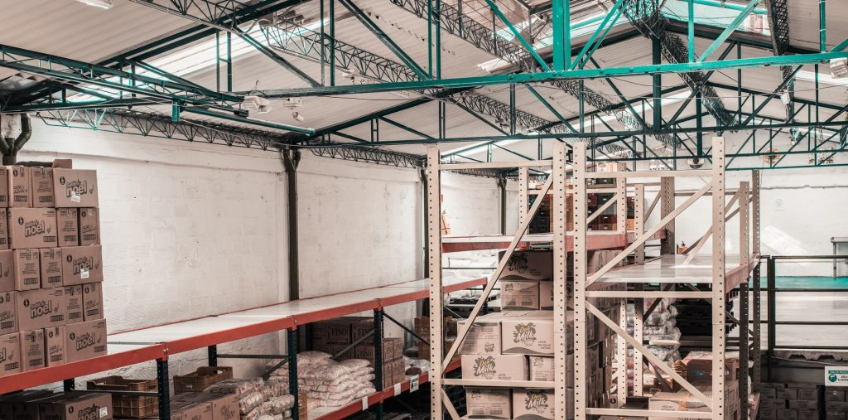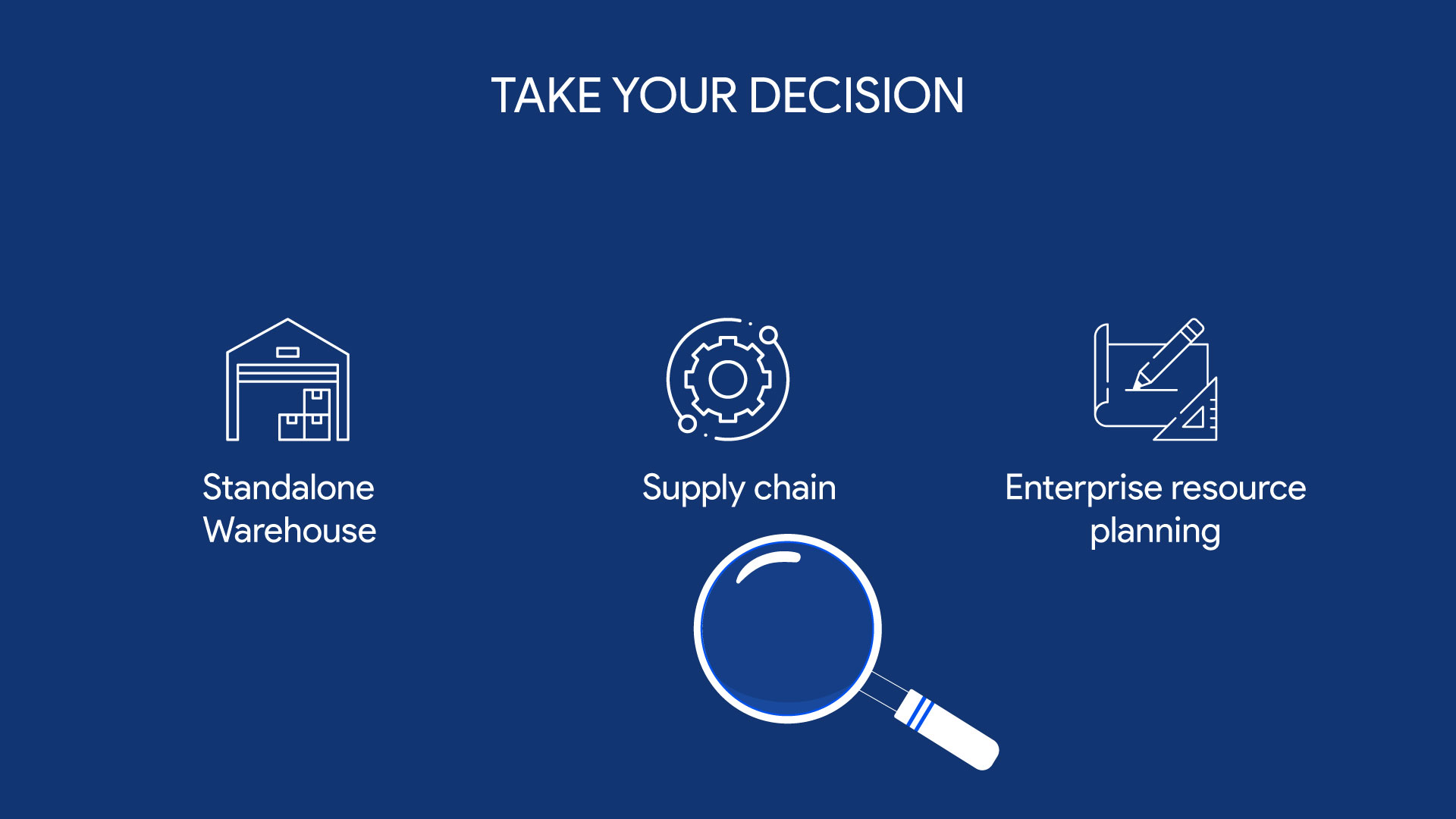Eight Astonishing eCommerce Platforms for Online Sellers!
The eCommerce industry is evolving immensely, especially after the COVID-19 pandemic wave. It has produced immense opportunities for sellers to start their bread and butter through online business. It is pivotal to designate the best online marketplaces to start an online business. After all, it matters a lot where you will sell your products. That's why it is imperative to ensure that you are using the pre-eminent eCommerce platform.
In the era of online shopping, many online selling marketplaces offer the best services for both sellers and customers. However, you have to choose one according to your product and business model type. The number of digital buyers is increasing on a daily basis. Eventually, it steers towards the fact that there are a bunch of online channels and sellers out there. You can not fall for any bogus eCommerce platform. Here in this blog, we have mentioned some of the astonishing eCommerce platforms in India for online sellers. Let's have a detailed look at them.
These eCommerce Platforms will Never Betray your Business
The evolving industry of eCommerce has left sellers in the void, and they are confused about which platforms they should sell products. So here is the integrated list of some astounding eCommerce platforms in India that will never betray you in terms of your online business. They can also ensure the reach of your products to valuable customers
Amazon
Well, is there anyone who isn't aware of Amazon? Surely everyone does know about it. It is one of the distinguished eCommerce platforms which provide its services all around the globe. As per research, more than 4k products get sold on this enormous eCommerce channel every minute. In this way, Amazon provides a potential boulevard for online sellers to establish their businesses. This enormous eCommerce platform provides the opportunity to sell your products in various regions. The expenditure of trade relies on the category of the product and the plan you have selected. At Amazon, sale-related fees range from 5.8% to over 40% of each product's selling price. Amazon is way safer than any other eCommerce channel. According to a survey, it is considered as one of the most trusted online shopping platforms among customers.
Flipkart
Founded by Sachin and Binny Bansal in the year 2007, Flipkart is one of the primitive eCommerce ventures of India. It allows an extensive range of product sales on its website, such as electronics, fashion attire, beauty products, home decor, baby products, mother care, etc. Today it has over a billion consumers. It is equally popular among all the giant eCommerce platforms and is undeniably one of the best eCommerce platforms for online sellers to start their business. It is absolutely a smooth process to become a seller for Flipkart. You just need to go through with a couple of documentation, and you will be ready to launch your product on this truly favorite eCommerce platform of consumers. You can even advertise your products with the help of the efficient team of Flipkart.
Myntra
It has brought the whole fashion ventures in one roof. Rapidly it has become a one-stop destination for fashion-loving people. There is an ample range of apparel for men, women, and kids available on Myntra, along with beauty and home decor products as well. Recently they have started selling electronic accessories such as smartwatches and earphones. Myntra provides an opportunity to those sellers who want to start their online business in the field of apparel, accessories, and beauty industry. The enormous eCommerce market has made a remarkable place in almost every house of India. Due to its horizon, it is a safe platform for an online startup that ensures your business reaches both urban and ruler customers. In terms of eCommerce market stats and accessibility, Myntra pays colossal revenue to the sellers. Apart from that, the experienced in-house team of Myntra's technicians provides the sellers' analytics of the latest fashion trends. However, you can subscribe to any accounting software for eCommerce that can help you in managing your finances.
Snapdeal
Like Amazon and Flipkart, Snapdeal also provides a massive range of products to consumers such as electronics, apparel, household appliances, kids' items, health devices, books, and a lot more. In the imminent world of eCommerce, Snapdeal offers a hassle-free and straightforward selling procedure. Register your business on Snapdeal in a few easy steps. Being a seller, you also have to register for GSTN, which is required for almost every eCommerce seller, and design a product inventory. For future perspectives, you can also attain the service of inventory management software. Snapdeal also serves you with advertising, packaging, and shipping processes. If you want, you can also get a low-interest loan to expand your online business. Ultimately, it makes a perfect platform for sellers to start their businesses.
Paytm
Undoubtedly, Paytm has galvanized India with digitalization. It has begun with the services of e-wallet and e-recharge and now becomes a part of the eCommerce industry as well. From mobile recharge to booking tickets, it provides a wide range of services to the customers. Now consumers can also buy several electronics and household products from Paytm. That's how it provides an opportunity to sellers to start their online business. In five easy steps, you can become a seller on Paytm. So what are you waiting for, do as the tagline says, “Paytm Karo."
Meesho
Founded in 2015, Meesho has become one of the cheapest eCommerce platforms for consumers and sellers. It provides a great business opportunity to the homemakers who want to earn money by sitting at home. This eCommerce platform is evolving day by day with the latest trends. You can sell apparel, electronics, jewelry, home decor items, kitchen appliances, and a lot more on Meesho. It provides the cheapest product range, which is affordable for any class of India.
Apart from these tremendous eCommerce platforms, Shopify, Ajio, Urbanic, and Indiamart also provide a platform to sell your products online. While establishing your business on any eCommerce platform, you should get the subscription of eCommerce sellers softwares.
Conclusion
As the world is changing with various technologies and opportunities, the eCommerce industry is the future of the Indian Market. Although it was growing before the pandemic and after COVID-19, it emerged rebelliously. That time is not so far when street vendors may also shift to eCommerce websites. To cut a long story short, eCommerce is the future, so it will be beneficial for sellers to grab the opportunity as soon as possible. Apart from that, for a smooth business flow you can also take the help of several eCommerce sellers software in India. Software for Online sellers can help you manage your business efficiently.


















